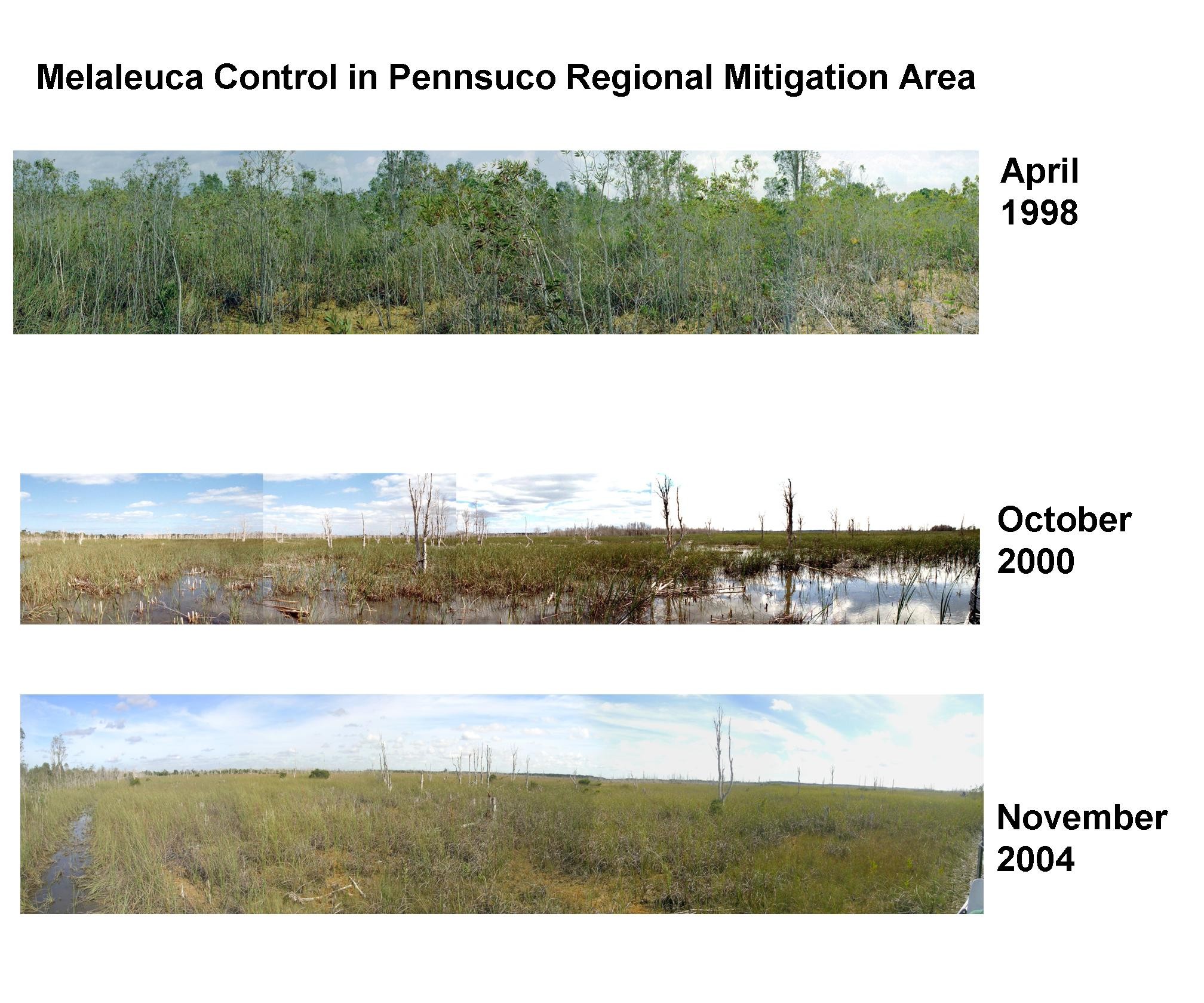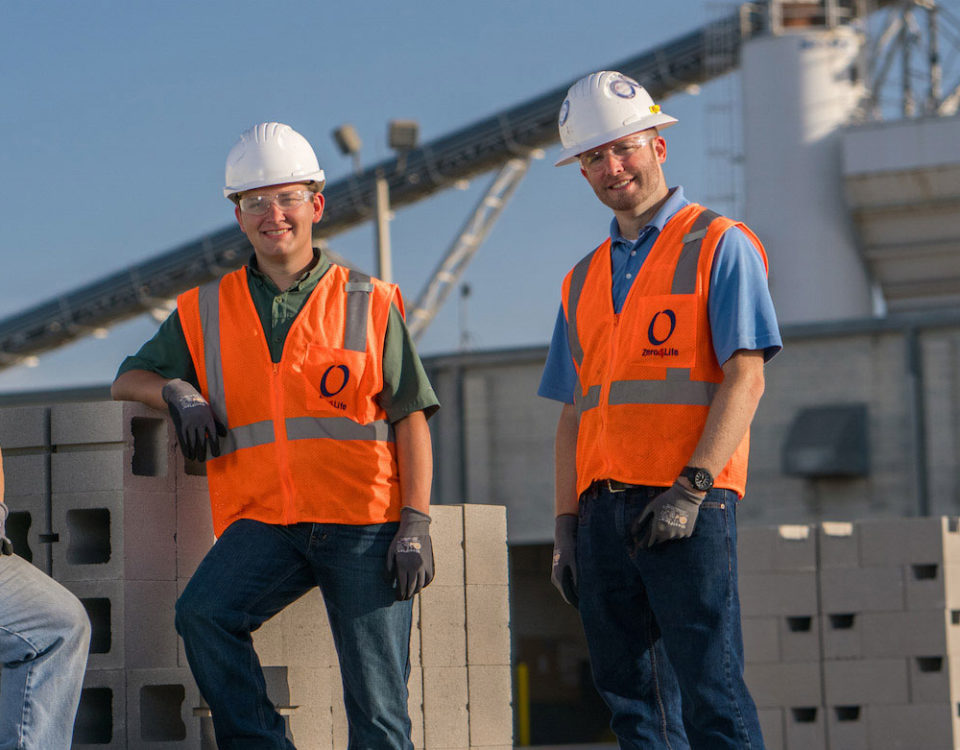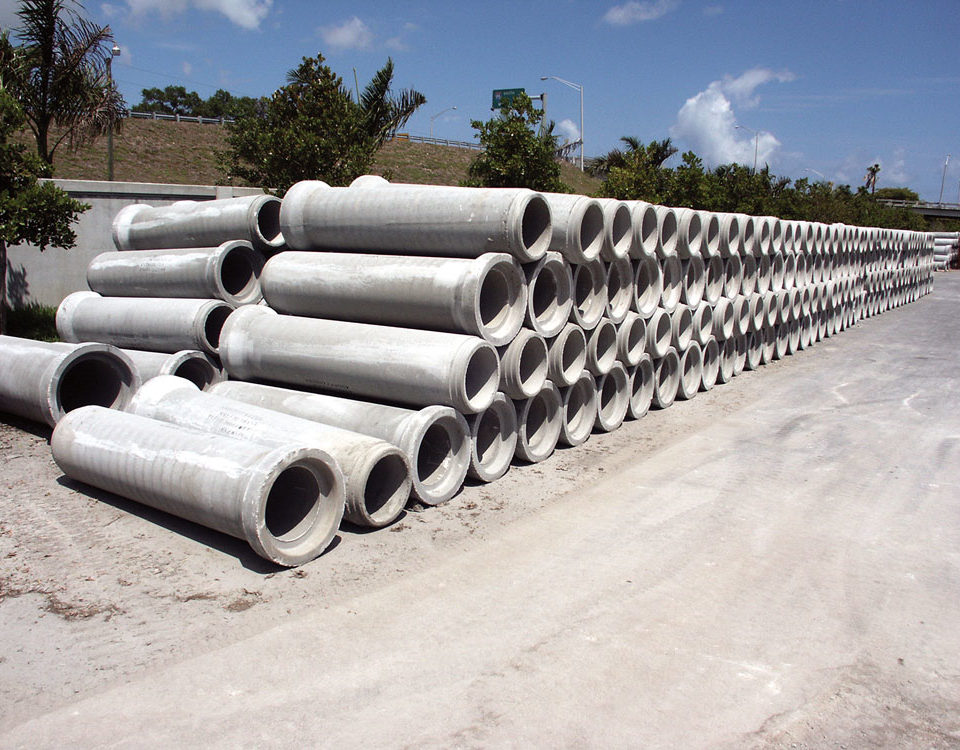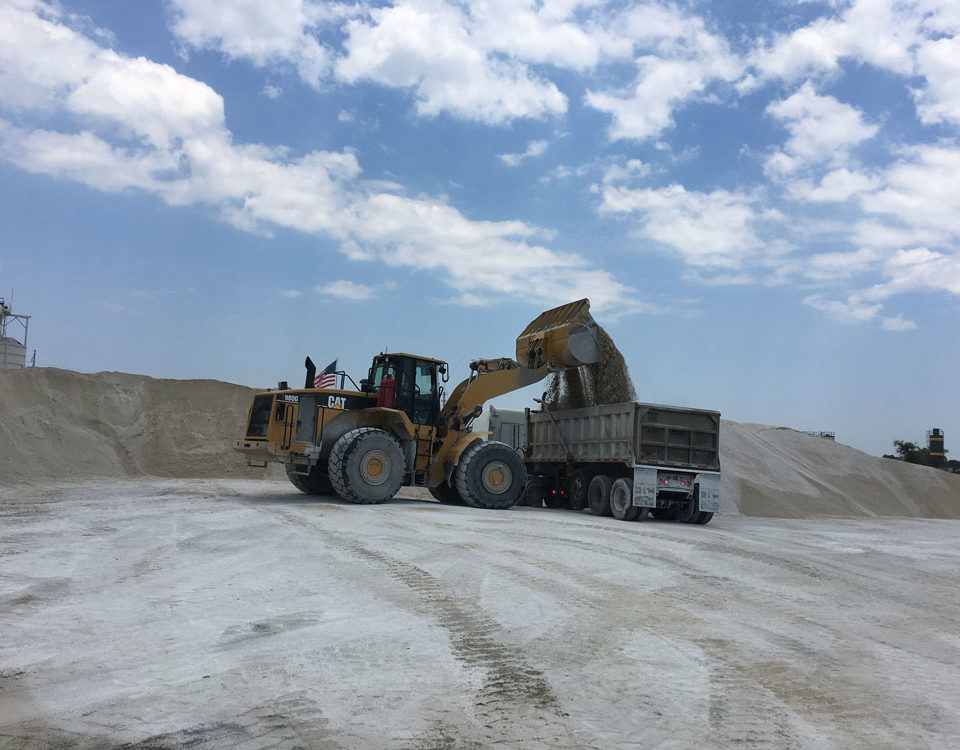
Quarries, Suppliers Present Florida Boy Scouts With $7,000
September 30, 2001
Pennsuco Wetlands Restoration Progressing
January 1, 2005August 31, 2003
EVAN S. BENN, ebenn@herald.com
South Florida rests on a blanket of high-quality limestone, but most people never see the rock in its virgin state.
They do see the highways, houses and high-rise buildings made from mixing the rock with cement.
They also see the miles-long conveyor belts that run perpendicular to Florida’s Turnpike in northwest Miami-Dade County, hauling rock from the ground to rail cars and dump trucks.
“People see this when they’re on the turnpike, and they don’t realize what exactly is going on,” said Alan MacVicar, safety manager for Rinker Materials’ Medley facility.
Two of the state’s largest producers of limestone rock – Rinker and Tarmac America – operate literally a stone’s throw away from each other. Tarmac employs 150 people in its rock division; Rinker has about 160.
The 89-square-mile area from the Broward County line south to Kendall Drive in northwest Miami-Dade is known as the Lake Belt for its many, human-made limestone lakes.
“When a lot of people think of Florida, they think of sand,” MacVicar said. “The truth is, this area here has the best rock in the state.”
The youngest, too.
South Florida’s limestone is about 500,000 years old – a newborn in comparison with the 5-billion-year-old rocks that make up the Grand Canyon, said John Hoyer, manager of Tarmac’s aggregates (rock) division.
Heavy Use
To get a better understanding of how extensively limestone rock is used in South Florida, Hoyer offered:
Ninety-eight percent of homes here are built on a concrete-block system.
An average single-family home uses about 3,500 concrete blocks, which equates to about 50 tons of rock.
All major roadways are made of either concrete or asphalt.
Limestone rock is an integral component of both, making up about 95 percent of roads in South Florida.
Concrete, the more durable of the two, is mainly used to build South Florida’s roads, and the cheaper asphalt is used more in the Northeast, Hoyer said.
Here’s how it works, from buried, solid rock to completed roads and buildings:
Crews dig small holes 75 feet into the banks of the lakes, where a solid layer of limestone begins four feet underground. A precise series of explosives is set off in the holes, blasting the rock into football-size chunks.
The chunks are scooped up by huge machines called draglines and put onto piles by the sides of the lakes to dry. Dump trucks haul the rock from the dig sites to a primary crushing machine.
This crusher, a steel-toothed contraption that squeezes the rocks, crunches the chunks to about six inches or smaller. A maze of airline-luggage-like conveyor belts takes the rock through various other crushers, depending on the sizes needed by the companies’ outside contractors. The state Department of Transportation, for example, requires a specific-size rock for its roads. Driveway paving companies may prefer another size.
The operations are largely run on electric power. Hoyer compared his electric bill last month – $183 – to Tarmac’s monthly usage – about $180,000.
10 Million Tons
Both Tarmac and Rinker load their crushed rocks onto hundreds of rail cars and trucks each day, usually shipping thousands of tons daily and about 10 million tons a year.
Most of the rock stays in Broward, Miami-Dade and Palm Beach counties, but trains also carry the materials all the way up to northern Florida. The problem is, South Florida will be rockless in less than a half-century.
Mining at the 16-hour-a-day rate they do now, both Rinker and Tarmac representatives said they’ll run out of the underground limestone in about 40 years.
Any new South Florida highway or building projects – if another material hasn’t been created by then – would require importing of rock from other states or countries, Hoyer said.
Because of blasting regulations and the Everglades preservation effort, there is no limestone mining in Broward County, Hoyer and MacVicar said.
Even before blasting restrictions were enacted several years ago, Broward’s rapid development kept limestone companies from mining here, they said. Still, both Tarmac and Rinker have concrete plants in Broward where limestone gets mixed with other materials into concrete, then gets trucked off to construction sites.
Hoyer said not many in the industry are thinking about what will happen when South Florida’s limestone runs out. But, he said, one thing is for sure.
“It won’t be as cheap as it is now,” Hoyer said. “The costs of roads, houses – just about everything that’s built from rock – will go up.”




